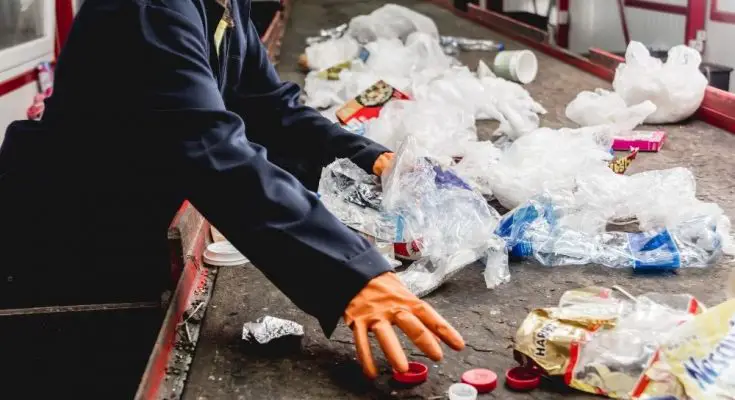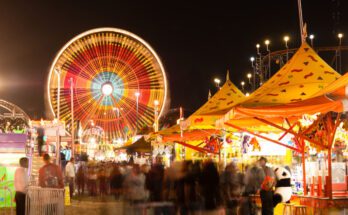The recycling process can be somewhat of a mystery for the average person. If you’ve ever been curious about what happens to your recycling after it gets hauled away, ponder no longer. Keep reading to learn the three main steps along the recycling journey, from when it’s hauled away to when it reappears on store shelves.
Collection
The first step of the recycling journey is the collection stage. Whether your household or business uses a community hauler or a private one, this service will come to pick up your recyclables. Some communities provide separate recycling receptacles to begin sorting recyclables before the hauler comes to retrieve them. For example, a recycling transport service may request separating paper products from other recyclables. After the collection process, the hauling service transports recyclables to a recycling plant or facility for the next step.
Processing
During processing, recyclables go through cleaning and sorting at a recycling facility. There are several types of recycling facilities, and each recycling center processes materials differently. Some recyclables arrive at processing centers pre-sorted while others need to be sorted upon arrival. These materials also undergo cleaning so that automated machines or facility workers can sort them more accurately. They may even be cleaned an additional time before advancing to the manufacturing stage.
Recycling Manufacturing
The manufacturing stage is where recyclables become new, eco-friendly products to go back on the market. Instead of taking up space in a landfill, many recyclable materials can be remanufactured into a new product. For example, certain classifications of plastic are often shredded and reformed into new plastic bottles. Similarly, paper products may be shredded and formed into recycled paper products. You can find many recycled products on the market that have gone through this exact process.
If you’ve ever been curious about what happens to your recycling after it gets hauled away, now you have a better understanding of the recycling process. The next time you see a recycled product in your favorite store, you’ll have a better idea of the journey it went on to get there.



